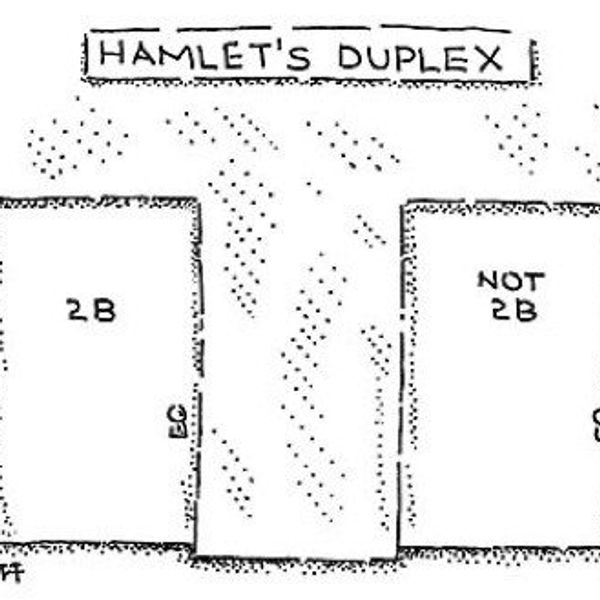Recently, I watched the animated film "Persepolis" for the first time, and was shocked that most people in my life hadn't heard of it. I mean, it was nominated for an Academy Award in 2007! So, in order to spread the word about this film -- truly a work of art -- here's a review.
The main character Marjane, or Marji, grows up in Iran during a period filled with rebellion, revolution and reform. Witnessing a revolution, a war and all its accompanying horrors shapes Marjane as she is forced to experience life as a foreigner in Europe as well as a detachment and isolated mind-state upon her return. Persepolis as a whole shines light on several controversial or taboo subjects, especially within the setting, characters and philosophies depicted in the film.
What truly sets this film apart from others about Iran and its conflicts is the middle class family we are introduced to, which is Marjane's. They are involved with protests against the shah but they certainly aren't going to be written in the history books, and are in truth very reminiscent of a 'suburban' family in the west. As well as being middle class, the main character is a child, no younger than ten (at this point in the film). Because of this, the story does not truly reveal the complexity of the situation, as a child could not fully grasp the entire concept of why the revolution is taking place. The lack of complexity becomes rather relatable to the audience as many others, child or not, do not have a full understanding of Iranian political conflicts.
In a cultural and societal sense, "Persepolis" again separates itself from others. Right off the bat, an adult Marjane removes her headscarf in a Parisian airport and begins smoking a cigarette. This is shocking, because of the moral values instilled in her life growing up under the Islamic fundamentalist government in power after the Shah is overthrown. An unwillingness to quietly conform to the conservative and oppressive lifestyle dictated by the government shatters obedient stereotypes surrounding Iranian women. Because of her outspokenness, Marjane is sent to Austria where she discovers that although her actions are considered outrageous in Iran, they are nothing compared to the western punk scene she becomes caught up with. Her time in Austria reveals that there is a silent rejection of foreigners, especially in the modern era, particularly those from countries experiencing turmoil due to a developed stereotype of all residents of said countries being the same as the perpetrators of whatever chaos is occurring. The struggle to fit in while living in Europe, and a disappointing return to Iran, where she still feels a foreigner despite being in her home country, conveys a sense of homesickness for a country that may no longer exist.
The certain vagueness expressed in this article is deliberate, as it correlates with many artistic choices and direction made in the film. With the exception of present-day (in the context of the film) Marjane and her surroundings, the entire film is in black and white. Setting and fashion, along with cultural identity, are simply applied to the blank canvas of a city filled with people. This makes the bold statement of implying that without direct historical background, the story of "Persepoli"s could have taken place in any country with any ethnicity. Returning to color at the end of the film signifies a solidification in Marjane’s life as a westerner, giving the ending less of the pensive and reflective air of the look into her past but instead seems to tell the audience that the “ending” is not truly final. As a whole, the film provided a lot of insight as to what life is like in a time of political chaos from a completely human standpoint. It was a perfectly timed medley of comedy, frivolous (yet entertaining) drama and situations of severe tension. Overall, this film is a very refreshing and interesting perspective on a globally impactful topic.





















